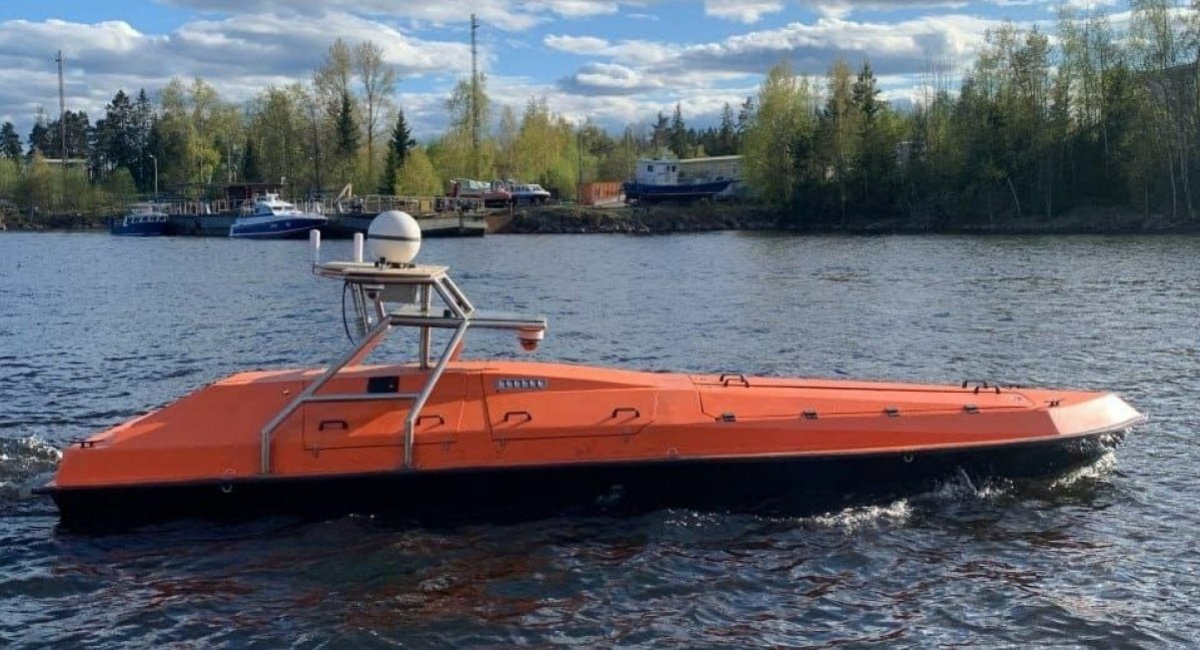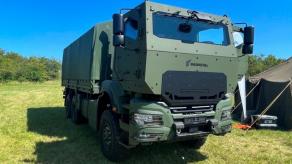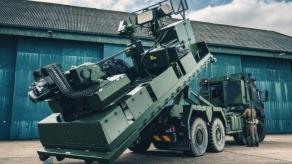Recently, the russian companies Sea Project and Bezekipazhnaya Logistika (rus.: Unmanned Logistics) tested a new marine drone named Briz. Designed to transport cargo to remote, hard-to-reach parts of the White Sea, the drone will be produced in the Arkhangelsk region of russia.
The most interesting part that does not get too much attention in the russian reports is the navigation equipment installed on the Briz's mast. There, you can see the Simrad marine radar and a mysterious sphere. As later turned out, hiding under this radome was the new RS-30M satellite communication antenna, tested the other day on a railway train.
Read more: Lithuania Failed to Identify, Let Alone Take Down russian Stray Gerbera Drone
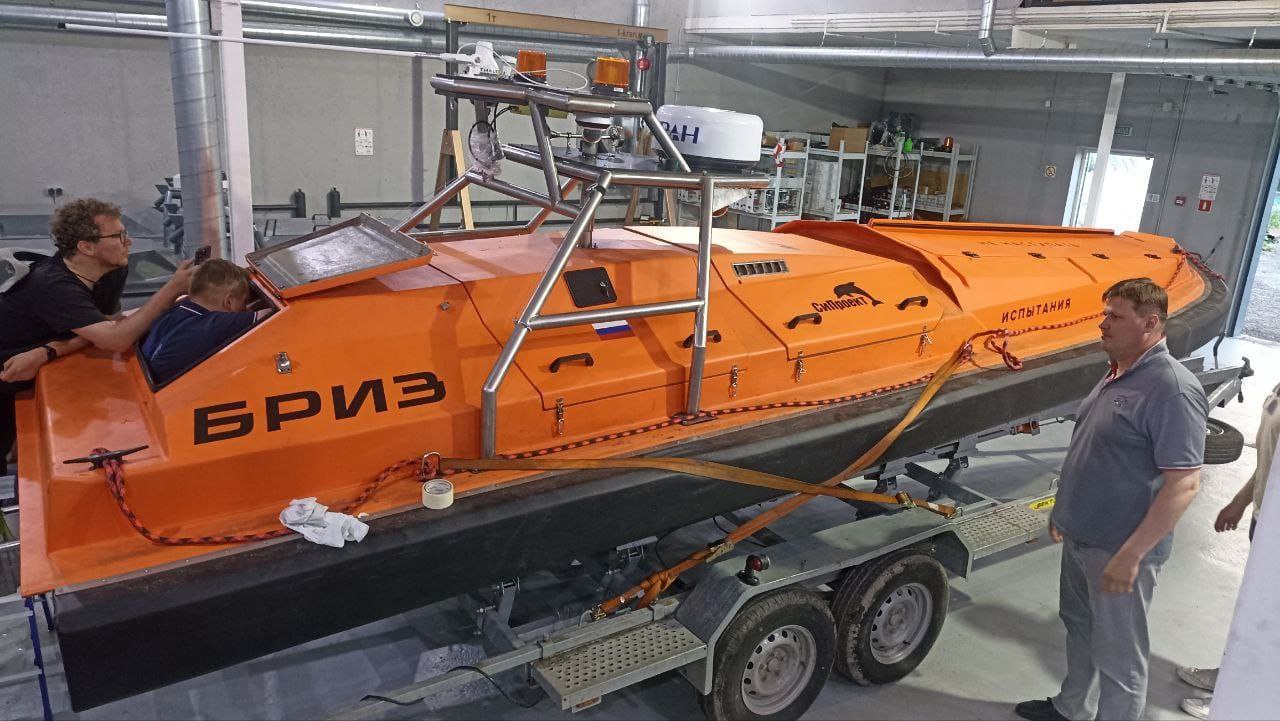
RS-30M is positioned as a response to the American Starlink system, a commercial constellation of satellites providing geo-positioning and internet connection via the customer's antenna. However, the russian analog is quite weak of a response overall.
Firstly, because of the satellites used to transmit signals. They are in geostationary orbit 36,000 km above the earth while Starlink satellites are in low Earth orbit, i.e. about 550 km above the surface.
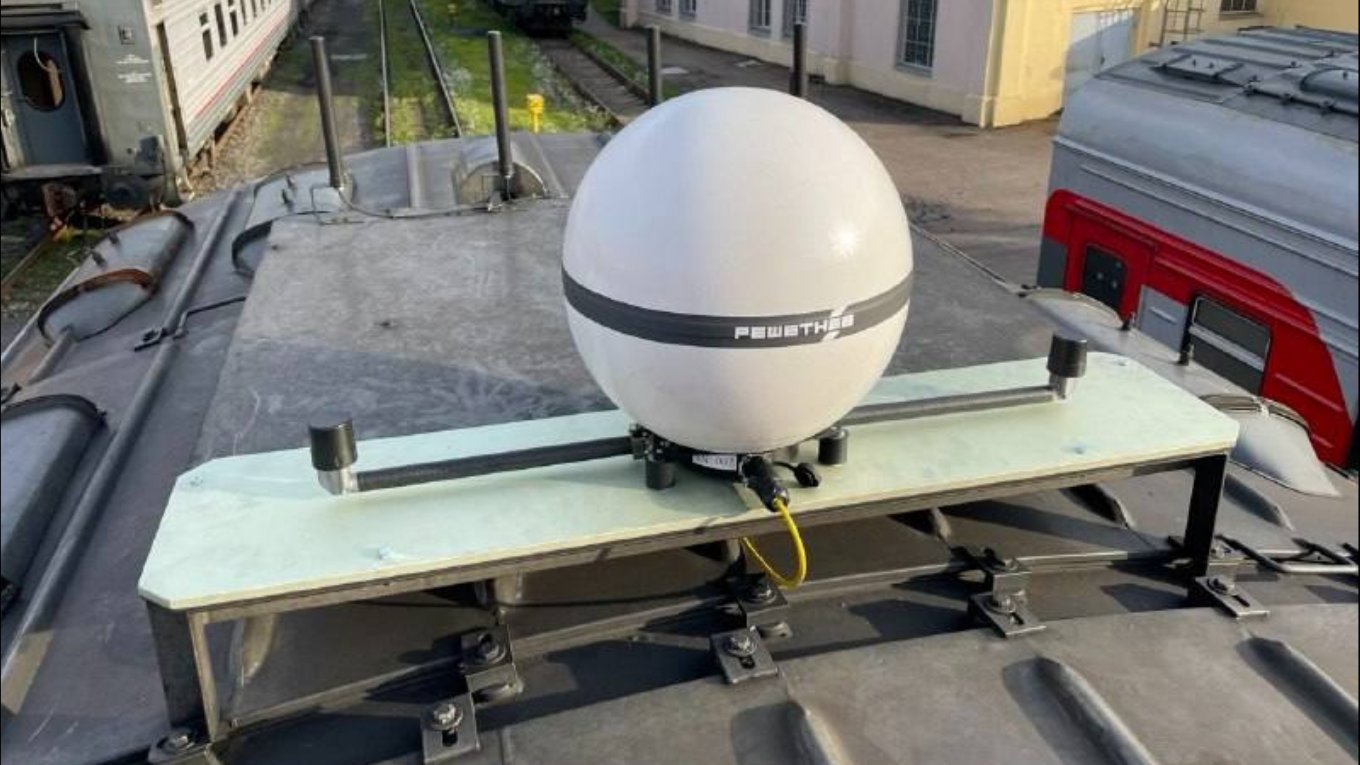
While the higher orbital altitude technically allows one satellite to cover a far larger area, there is a downside: very high signal delay and low transmission speed. The ping can peak at 800 ms, while the transmission speed fluctuates in the region of several Mbps. For comparison, Starlink has a delay of about 40 ms, and a transmission speed of 200+ Mbps, and SpaceX aims to launch 46,000 satellites into orbit for full coverage.
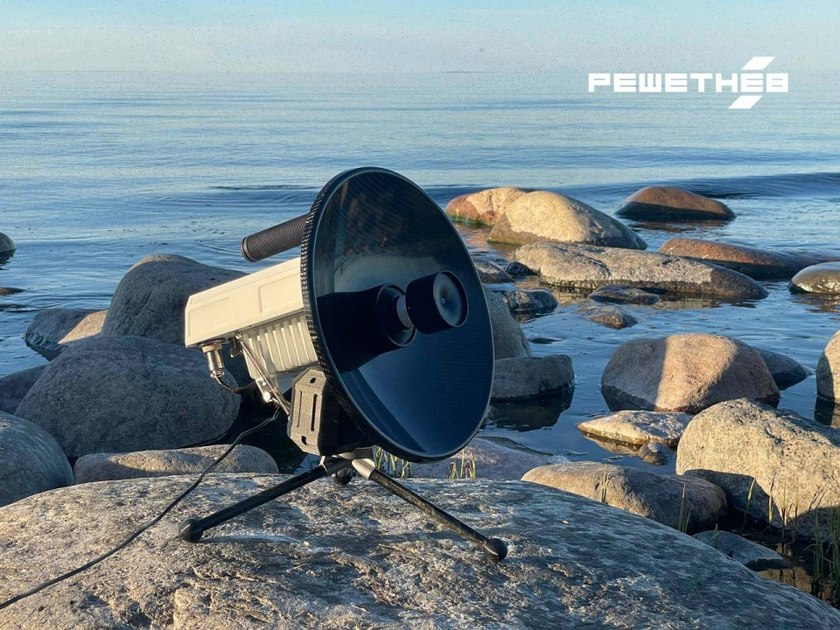
Besides being unable to transmit video feed in good quality, the critical delay of data received by RS-30M will interfere with control. Driving a train is one thing but the operator of an agile naval drone, who has to make split-second decisions to maneuver relying only on the imagery from the vessel's camera, will have a hard time dealing with the lag. Even steering Ukrainian maritime combat drones Starlink antennas often gets hampered by the delay of the signal.
Another factor that made the russian response to Starlink not so impressive is that the RS-30M parabolic antenna requires direct mechanical pointing towards a specific satellite. It's a technology of the previous generation compared to the Starlink antenna with its phrased antenna array.

The russian creation is effectively a throwback to the 1990s, because it was in that period when the United States began to install almost identical in principle SATCOM antennas on large combat drones such as the MQ-1 Predator — although even these antennas were more powerful. Modern drones are generally equipped with receivers close to Starlink in their specifications.
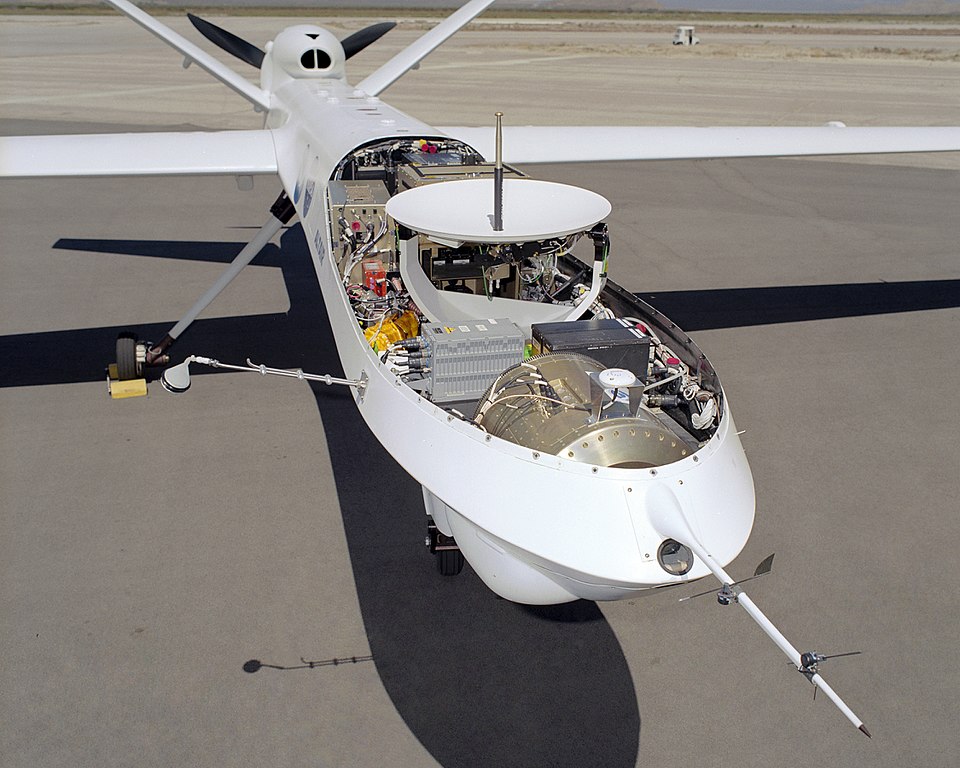
Due to these shortcomings, the RS-30M is unlikely to become an effective tool for naval drones, and even more so on Shahed kamikaze drones. At least without serious changes to its current design.
Still, seeing that russian engineers were able to establish stable satellite communication on naval drones to control them is a herald of potential appearance of russia's own sea combat drones to rival Ukrainian developments in this department. Although the Briz's creators claim their product is exclusively for commercial use, it can also be used for military purposes.
Earlier, Defense Express closely analyzed another russian-made naval drone, the Katran, whose concept and even name were borrowed from the Ukrainian Katran USV. We also pointed out its radio control which has drawbacks.

Read more: A Closer Look at Katran, russia's "Own" Naval Drone



